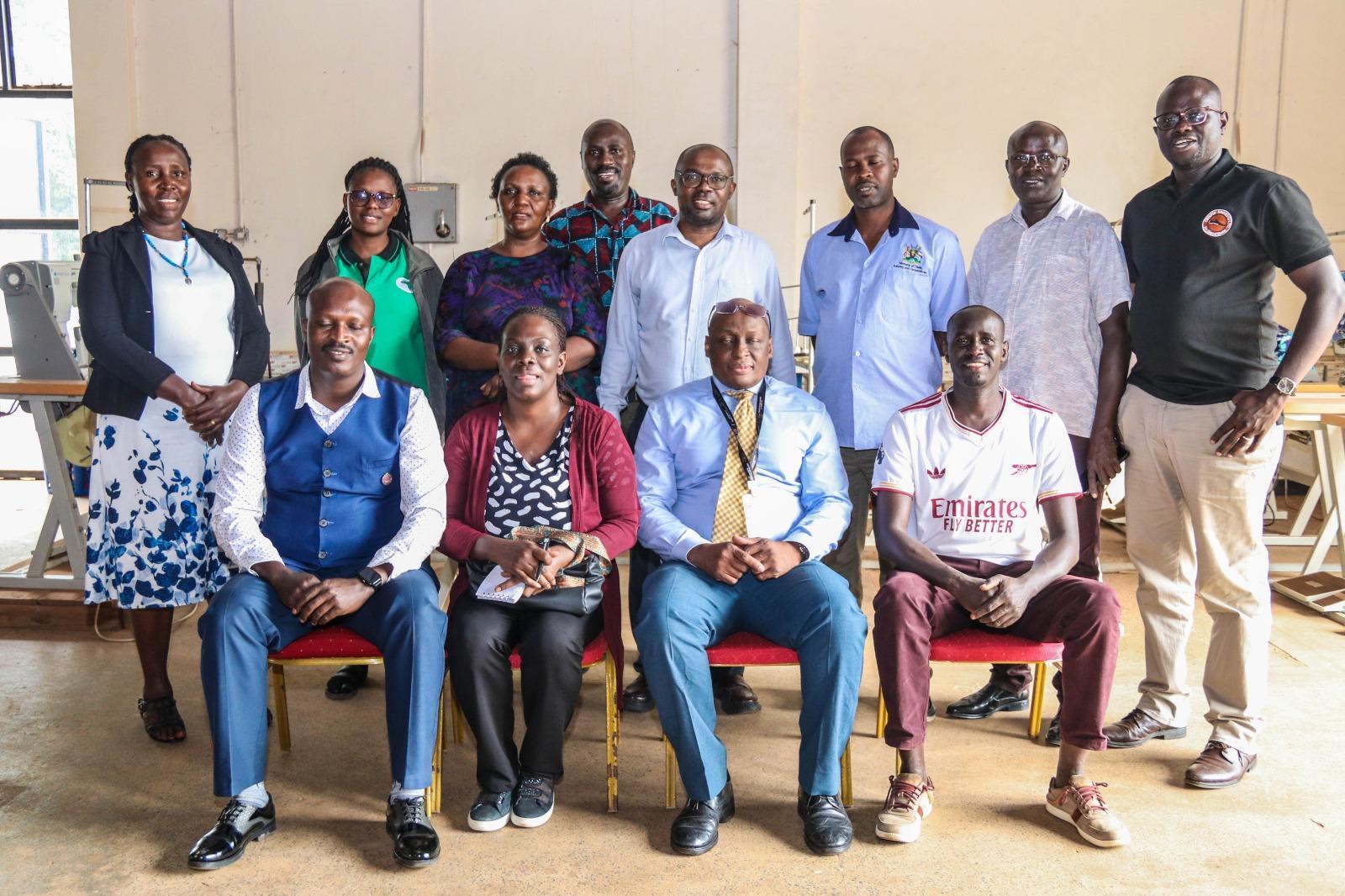Africa-Press – Uganda. Uganda’s leather producers have been equipped with critical skills to transform from small-scale, isolated artisans into a unified, market-ready industrial force capable of competing regionally and internationally.
This follows a five-day intensive Leather Cluster Capacity Development Workshop held at Eureka Place Hotel, Ntinda, jointly organised by the Africa Leather and Leather Products Institute (ALLPI) and the Ministry of Trade, Industry and Cooperatives (MTIC).
The training aimed to strengthen the leadership of the Kampala Leather Cluster (KLC) with the knowledge and tools to harness the immense economic potential of Uganda’s leather industry.
Speaking during the workshop, Mr. Stephen Mbogo Kirya, the Assistant Commissioner for Marketing and Processing at MTIC, underscored the vast untapped potential of the leather value chain.
He highlighted that Uganda is sitting on a billion-dollar opportunity, with a ready market not only locally but across the East African Community (EAC), COMESA, and the African Continental Free Trade Area (AfCFTA) a collective market of more than 1.3 billion people.
“As a country, we need a leather entrepreneurship index to track value chain growth from bottom to top,” Kirya said. He emphasised that data-driven development, quality assurance, and professional packaging are indispensable pillars for the sector’s competitiveness.
Despite its high economic potential, the leather sector has remained underdeveloped. According to Mr. Michael Kiraye, a Capacity Development Expert with ALLPI, the leather value chain actually surpasses coffee in market value — yet it remains overshadowed by a lack of organisation and expertise.
“Leather is largely managed by SMEs who have little representation on national platforms,” Kiraye noted. “Unlike coffee, the sector lacks the institutional strength and advocacy needed to drive strategic growth.”
Uganda has a rich raw material base — over 14 million cattle and 20 million sheep and goats — yet more than 95% of leather exports leave the country in raw or semi-processed (Wet-Blue) form. This results in an estimated annual loss of USD 273 million in potential export revenue.
The country’s tanneries currently operate at only about 20% capacity, and domestic footwear production meets just 1 million of the 11 million pairs demanded annually. This gap is filled by imported shoes, particularly from Asia.
“This is not just a business issue but a national economic opportunity,” said Kiraye. “If we unite, we can reclaim the value we’re losing and make Uganda self-reliant in leather products.”
The workshop focused on transforming fragmentation into cooperation. Participants were trained on cluster-based collaboration, covering bulk purchasing, collective marketing, shared quality standards, and cooperative production.
Mr. Kassim Semanda, Officer in Charge of Processing, Research, Innovation, and Technology at MTIC, revealed that over 500 SMEs currently produce leather goods in Uganda — 98% of which are made by small businesses working independently.
“The training has equipped leaders with practical tools to organize, produce, and market as a team,” Semanda said. “They now understand how collective production can open bigger markets and ensure consistent quality.”
The newly trained Kampala Leather Cluster is already pursuing its first major target: Uganda’s school shoe market. The cooperative is piloting an order to supply 24,000 pairs of shoes to one large school, with a long-term goal of meeting national demand exceeding 20 million pairs.
“The machines at Kawumu Tannery in Luwero alone can produce the required 24,000 pairs in under two months,” Kiraye confirmed. “This demonstrates that Uganda already has the capacity — what was missing was coordination.”
For artisans, the training was a turning point. Mr. Nankunda Owen Jared, Chairperson of the Kampala Leather Cluster Cooperative (KLC), praised the initiative for instilling a new sense of unity and purpose.
“We’ve struggled as individuals for years,” he said. “Now we understand that by working together, we can access financing, negotiate better prices, lower production costs, and fulfill large orders.”
He urged leather producers across Uganda to join the cluster movement, emphasising that cooperative organisation is key to competing at scale.
The workshop concluded with the award of certificates to participants, recognising their enhanced competencies in production management, quality control, and cooperative leadership. Participants later toured the MTAC Leather Incubation Centre in Nakawa, gaining exposure to advanced value addition technologies and production systems.
With the Kampala Leather Cluster now equipped to operate as a cohesive unit, Uganda’s leather sector is poised for a major leap forward — from exporting raw hides to producing high-quality, value-added products for domestic, regional, and global markets.
For More News And Analysis About Uganda Follow Africa-Press






